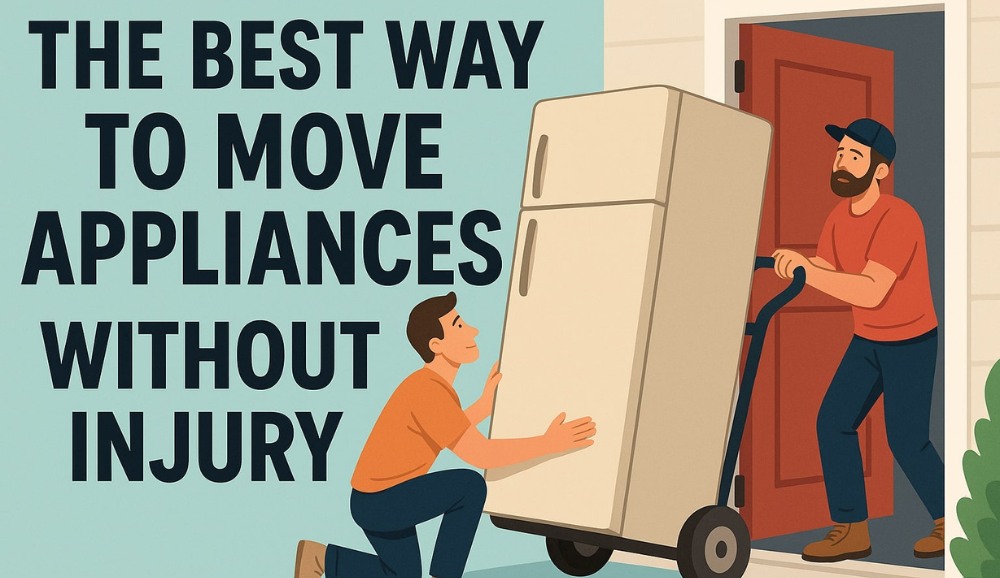Let’s be honest - no one looks at a fridge and thinks, “Yeah, I could totally toss that in the back of the truck myself, I’m strong.” Even though this seems simple, every moving day across the country, people throw out their backs and twist their knees trying to wrangle refrigerators, dishwashers, and dryers like they’re in an Ironman competition.
Appliances are awkwardly shaped, heavy, and surprisingly love to fall on your big toe. They’ll try to hurt you if you’re not prepared. We will talk about how to move them safely, efficiently, and with your spine still intact and your dignity running strong.









